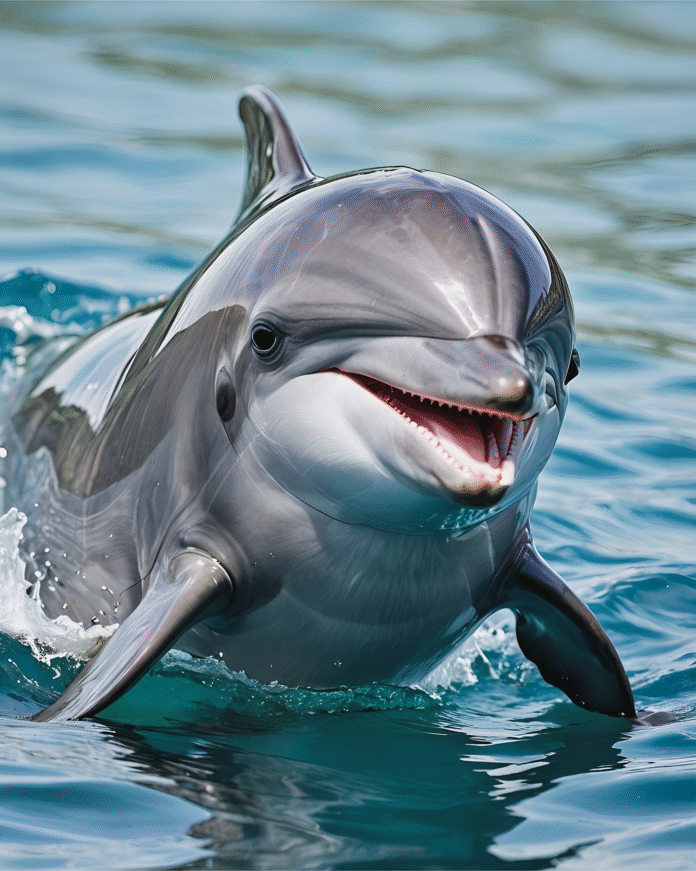The ocean an immense and mysterious space that is home to myriad of living things and none is as fascinating and captivating as that of its mammalian species. The amazing creatures which have developed over the course of many millions of years to live in water based environments display astounding diversity in terms of size form appearance as well as ecological roles.
The understanding of what Types Of Marine Mammals are essential not only for research interest but also for conservation efforts since many suffer significant threat from the activities of humans.
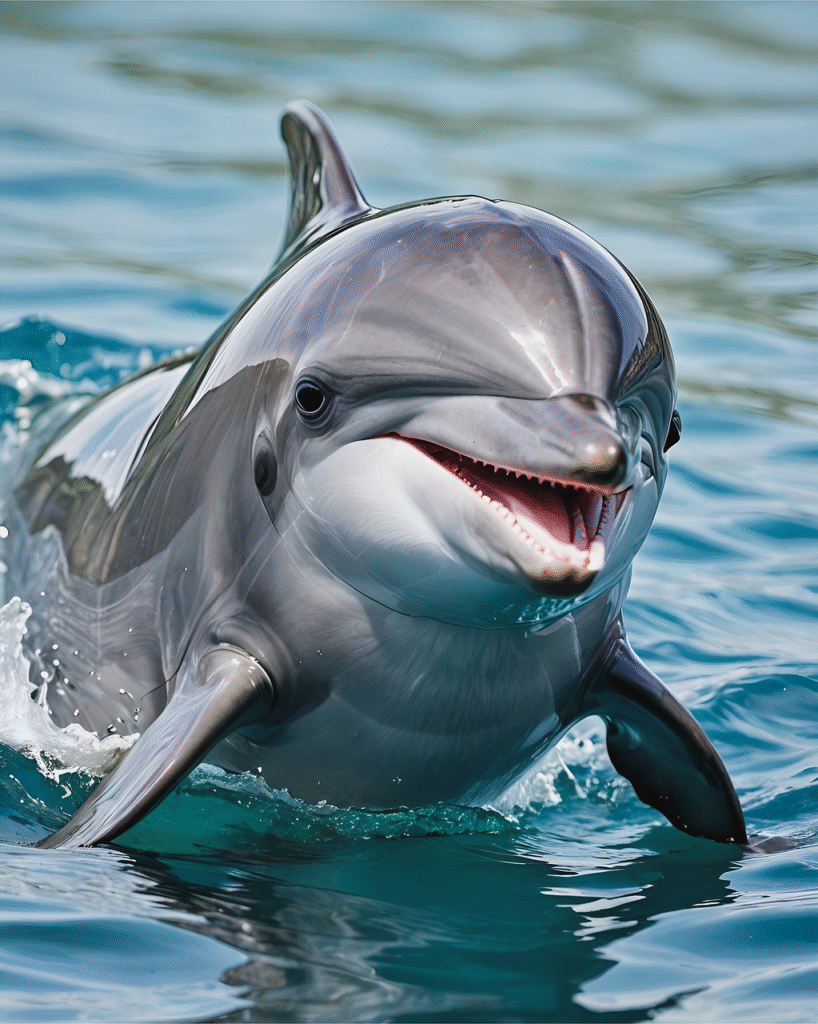
Marine mammals belong to an euphyletic species which means they dont share one common ancestor who is only marine. They are actually collection of distinct evolutionary linesages each of which are all independent and have returned to the sea in the wake of their terrestrial predecessors.
Although they have different origins they have number of common traits to live in oceans like sleek bodies modified muscles for swimming and physical adaptations to divers temperature control and Osmoregulation. This article delves into the intriguing Types Of Marine Mammals studying their distinctive characteristics such as classifications species and distinct adaptions.
Table of Contents
The major classifications: Delving in the Broad Types Of Marine Mammals
In discussing what are the Types Of Marine Mammals experts generally divide them into various distinct groups with each one representing an important branch of evolution. They comprise the majority of the marine mammals are familiar with today.
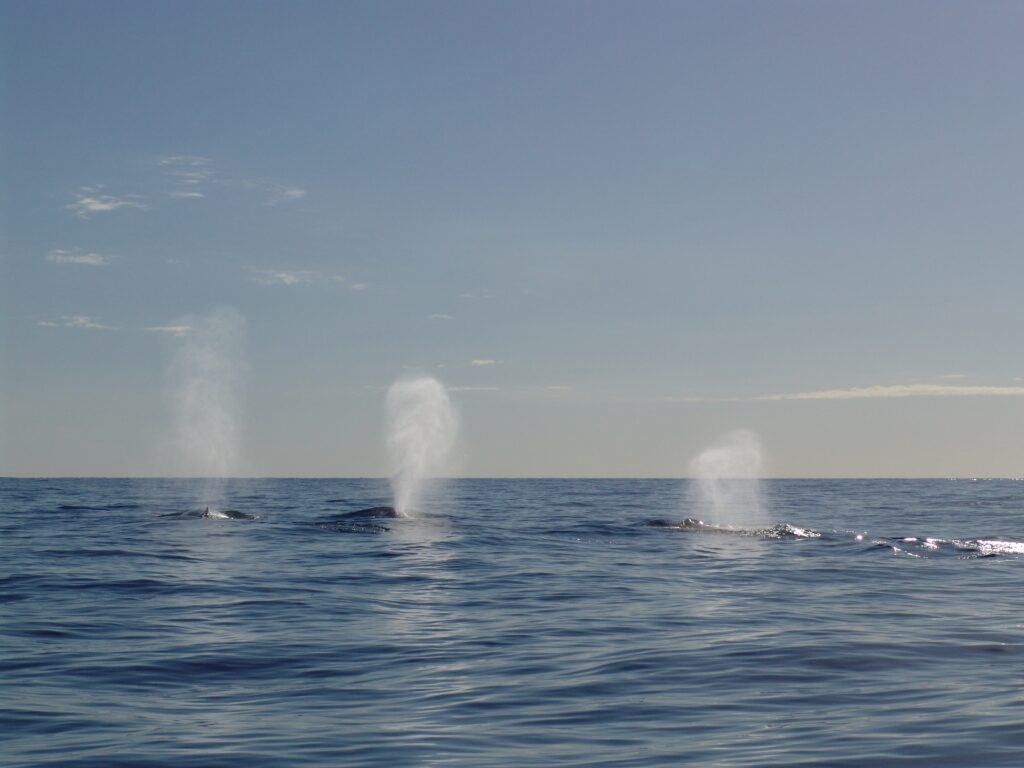
- Cetacea (Whales Dolphins and Porpoises): Cetacea (Whales Dolphins and Porpoises) may be the most well known in those Types Of Marine Mammals. Cetaceans are entirely aquatic and include more than 90 distinct species. Theyre distinguished by their torpedo shaped body vertical tail flukes that run horizontally as well as an air hole (or two) over their heads to breathe and flippers forelimbs which are modified to become afeel. They have hindlimbs that are nil and absent.Within Cetacea there are two main suborders that represent the principal Types Of Marine Mammals in this category:
Mysticeti (Baleen Whales): They are the filter feeders of the ocean. They are identified by the presence of baleen plates inside their mouths rather than teeth. The plates which are keratinous serve to remove large amounts of smaller prey species like krill or smaller fish from the sea. Baleen whales generally are bigger than toothed mammals and comprise some of the largest mammals that live on Earth. The most prominent examples of the Types Of Marine Mammals include:
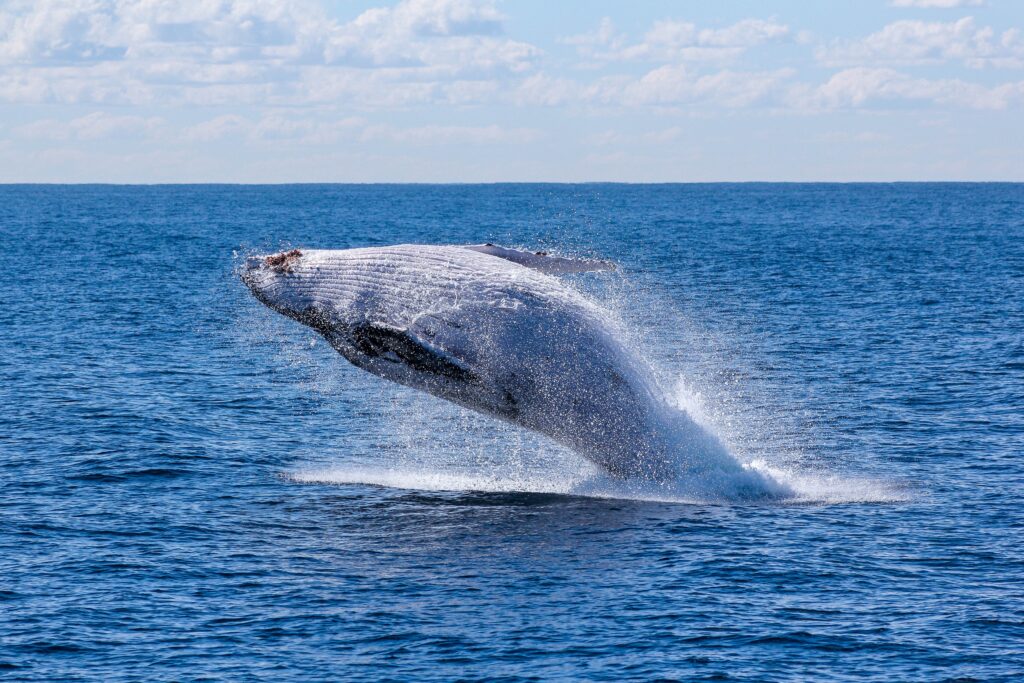
- Blue Whale (Balaenoptera Musculus) The biggest creature on Earth and can reach lengths of as high as 30 meters.
- Humpback Whale (Megaptera novaeangliae) famous for their spectacular high speed breaches complex vocalizations and their acrobatic style.
- Fin Whale (Balaenoptera Physalus) the second largest living creature.
- Right Whales (Eubalaena spp. ) are renowned for their huge heads and absence of dorsal tail.
- Gray Whale (Eschrichtius robustus) It is the one that makes the longest annual movements of any mammal.
Odontoceti (Toothed whales) The suborder Odontoceti (Toothed Whales) comprises most cetacean species and displays an astonishing diversity in shape and size. Like their names teeth are present that they utilize to capture and hold prey including squid fish as well as others marine mammal species. lot of odontocetes use echolocation which is complex biological sonar technique which allows them for hunting and navigation through murky water or in deep waters. The most prominent examples of the Types Of Marine Mammals are:
- Dolphins are diverse family (Delphinidae) recognized for their ability to communicate their social behaviour and the agility. The bottlenose dolphins are among them as well as common dolphins and orcas (killer whales) that are the biggest species of dolphin.
- Porpoises: Similar in appearance to dolphins however generally smaller with stronger body and teeth that are spade shaped. Some examples include harbor porpoises as well as Dalls Porpoises.
- Sperm Whale (Physeter macrocephalus) The most toothed predator known for its massive head as well as its ability to dive deep.
- Beaked Whales (Family Ziphiidae) The elusive deep diving whales The majority of them seldom seen on the surface.
- Beluga Whale (Delphinapterus leucas) It is famous for its white coloring and flexible neck.
- Narwhal (Monodon Monoceros) The Narwhal is famous for its males singular long tusk that is actually canine tooth.
- Pinnipedia (Seals Sea Lions and Walruses) It is term that means “Pinnipedia” means “fin footed” appropriately describing the semi aquatic marine mammal. They spend substantial amount of time on the water scavenging to find food they do land (haul away) to relax breed and have babies. The amphibious life style sets them apart from fully marine cetaceans. Theyre distinguished by having four flippers their blubber insulation and outstanding diving skills. Pinnipeds can further be subdivided into three families with different Types Of Marine Mammals in the following order:
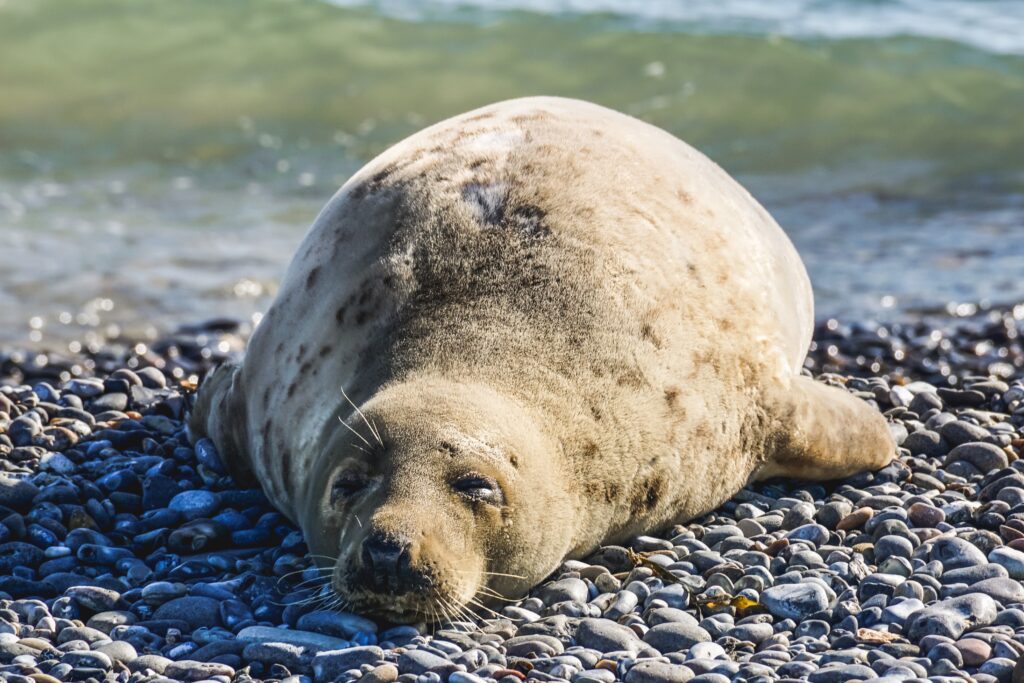
- Phocidae (True Seals also known as Earless Seals): These seals have no external ears flaps (pinnae) and utilize their hind flippers to provide propelling themselves in water. They move them from side to side as if the tail of fish. They move on land through “gallumphing” clumsy yet effective undulating movement of their bodies. Examples include:
- Harbour Seal (Phoca vitulina): It is abundant in temperate and Arctic oceans.
- Grey Seal (Halichoerus grypus) It is found throughout the North Atlantic.
- Ringed Seal (Pusa hispida) the tiniest and most commonly Arctic seal.
- Elephant Seals (Mirounga spp. ) is the largest of seals. Theyre famous for the males proboscis.
- Leopard Seal (Hydrurga leptonyx) predator that reaches the apex of the Antarctic Preying on seals penguins and others.
- Otariidae (Eared Seals or Fur Seals and Sea Lions): Unlike real seals eared seals have ear flaps that are visible and are able to rotate their hind flippers inwards which allows the animals to “walk” on all fours when on land. When in their water habitat they typically utilize their foreflippers to provide propelling. Some of the most famous examples from the Types Of Marine Mammals include:
- California Sea Lion (Zalophus californianus) is common sight across the Pacific coastline and in North America.
- Steller Sea Lion (Eumetopias jubatus) The most affluent species of sea lions.
- Northern Fur Seal (Callorhinus ursinus) is seal that is renowned by its fur that is thick.
- Galapagos Fur Seal (Arctocephalus galapagoensis): The most tiny fur seal.
- Odobenidae (Walrus) family is comprised of only one living species: the walrus (Odobenus Rosarius). They are readily identifiable through their striking teeth (elongated canine teeth) that are present in males and females. They are the teeth are used to defend themselves and hauling themselves out on ice and searching to find benthic invertebrates. They are hybrid of real seals as well as eared seals yet are distinctive enough to be worthy of their own distinct family. The unique characteristics of these seals makes an intriguing example of the many Types Of Marine Mammals.
- Sirenia (Manatees and Dugongs) often referred to by the name of “sea cows” due to their herbivorous diets and their graceful slow moving movements. sirenians are marine mammals that live in subtropical and tropical waters. Theyre distinguished by their forelimbs that resemble paddles flattened tail flukes and absence of hind limbs. They are the sole marine mammals that are mostly herbivores consuming seagrass as well as other aquatic plants. There are just four living species in the world making their group relatively tiny in the Types Of Marine Mammals. The two families of Sirenia include:
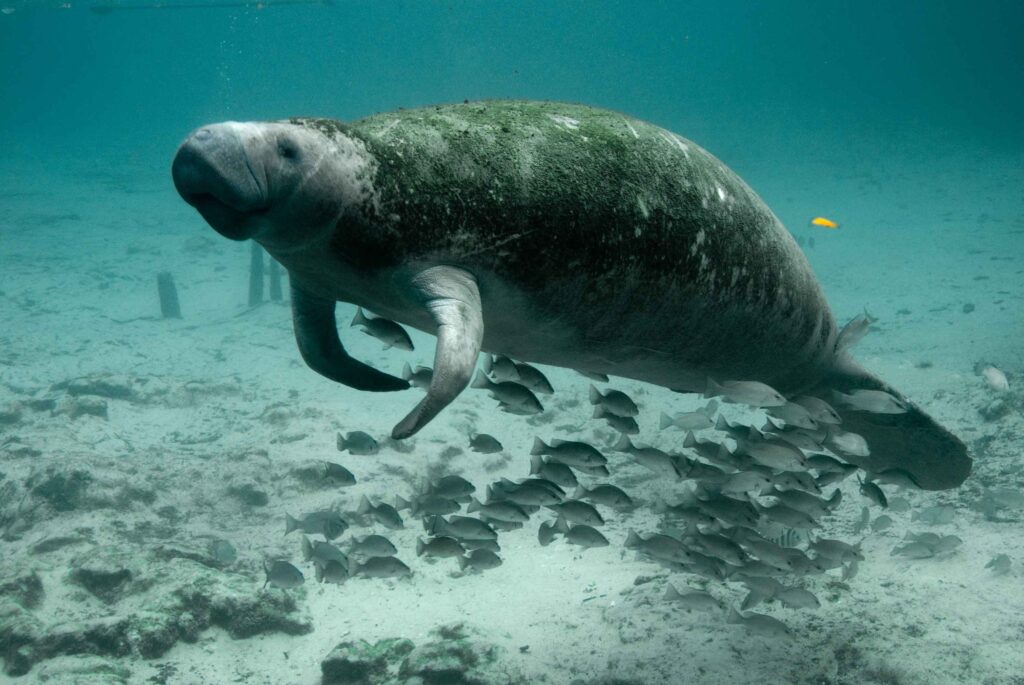
- Trichechidae (Manatees) The Trichechidae (Manatees) are identified by their round paddle shaped tail. They usually live in shallow river coastal waters and estuaries. The species are:
- West Indian Manatee (Trichechus manatus) is found in the coastal areas of the south eastern United States Caribbean as well as South America.
- Amazonian Manatee (Trichechus inunguis) It is located within the Amazon River basin.
- African Manatee (Trichechus senegalensis) It is found on the shores and along rivers in West Africa.
- Dugongidae (Dugong) The Dugongidae family is comprised of only one living species: Dugong (Dugong dugon). Dugongs are characterized by floppy tail identical to dolphins and whales. This distinguishes these animals from other manatees. Theyre marine only and are typically found in the areas of coastal waters in the Indo Pacific. Dugongs are singular specimen of the different Types Of Marine Mammals because of to the specific habits of feeding and geographical distribution.
- Carnivora (Sea Otters and Polar Bears): While the family Carnivora mostly consists of mammals that live on land two noteworthy species are classified as marine mammals because of the fact that they rely heavily upon marine ecosystems to survive. Two species are amazing adaptations to the wider Types Of Marine Mammals.
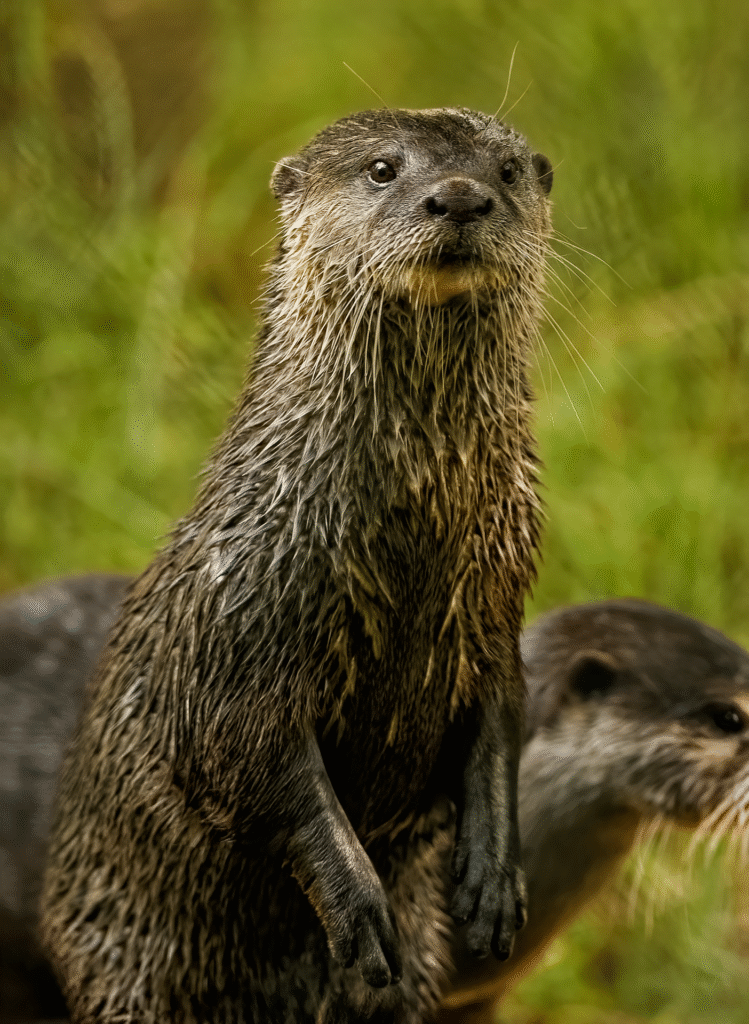
- Sea Otters (Enhydra Lutris) are members of the family called weasels (Mustelidae) The sea Otters are among the most tiny marine mammal. In contrast to other marine mammals which use blubber to provide protection sea otters have an extremely thick fur coat which is able to trap air and provide insulation. They are able to spend the majority of their lives in the coastal waters which is where they feed on sea urchins marine invertebrates or crabs. They also eat the clams. The use of tools (e.g. stones to break out shells) is an amazing adaption to their environment. Sea otters represent distinctive evolution path that is unique among Types Of Marine Mammals.
- Polar Bears (Ursus maritimus) is the largest living carnivore on land polar bears can be described as marine mammals due to their survival is indissociably tied to Arctic sea Ice. They hunt seals primarily from the ice and without this their capability to hunt and even survive is seriously compromised. They are adapted to their cold environment such as an extensive coat of blubber and thick fur and big feet for walking across the ice and snow and for swimming. The dependence of the polar bear upon the marine environment is what is crucial point of reference when it comes to discussing Types Of Marine Mammals that arent fully aquatic.
Adaptations for an Aquatic Life: What Makes These Types Of Marine Mammals Thrive?
The variety of Types Of Marine Mammals can be as diverse in the creativity of the adaptations they make to the marine environment. Although specific adaptations differ across groups some general themes are evident:
- Streamlined Bodies: To lessen drag and allow for efficient moving throughout the ocean the majority of marine mammals have streamlined fusiform (torpedo shaped) bodies. This can be seen across every major Types Of Marine Mammals including seals and whales.
- Modified Limbs: The forelimbs have developed into flippers that are used for steering or propulsion whereas hindlimbs are absent (cetaceans and sirenians) or have been modified to become powerful flippers (pinnipeds).
- Thermoregulation: Being in freezing ocean temperatures requires strong thermoregulation. The majority of marine mammals are covered with the thickest blanket of the blubber (except sea or otter) to provide insulation. Pinnipeds as well as cetaceans additionally have the countercurrent heat exchange system inside their tails and flippers in order to reduce the loss of heat.
- Divers Diving adaptations: Many Types Of Marine Mammals including seals and whales are outstanding divers. Theyve developed physiological adaptations like:
- Bradycardia slowing of the heart rate when diving.
- Peripheral Vasoconstriction is the process of redirecting blood flow towards vital organs (brain and heart).
- The storage of oxygen is increased. This results in higher amounts of hemoglobin found in the blood and myoglobin within muscles.
- Lengths that collapse and Rib Cages to withstand pressures of extreme in the deep.
- Sensory Adjustments: Vision is typically vital however other senses can be enhanced to suit the underwater environments. Echolocation among toothed whales is one of the best examples. Pinnipeds utilize the sensitive vibrations (whiskers) to locate the presence of their prey in murky waters.
Osmoregulation is term used to describe marine mammals that have to face the problem of living in saltwater environments. They are equipped with kidneys that effectively eliminate salt. They also produce extremely concentrated urine. This allows them to replenish their levels of water present in their food or metabolism water.
Conservation Challenges for the Types Of Marine Mammals
Despite the remarkable changes they have made and remarkable adaptations several Types Of Marine Mammals are facing grave threats from human activity and apprehensions which underscore the necessity to protect them. The threats are:
- The accidental entanglement of bycatch in fishing equipment is significant reason for mortality in numerous cetaceans and pinnipeds.
- Habitat loss and degrading Development of the coast pollutants (plastic or chemical) and changes in the climate impact crucial habitats for breeding and feeding.
- Overfishing: The loss of species that prey directly affects the availability of fish for marine mammal.
- Climate Change: melting sea ice poses threat to the polar bears and Arctic seals. Ocean acidification has negative impact on prey supply as well as marine ecosystems. The changes in ocean currents can influence movement patterns.
- Direct Hunting and Whaling Although generally prohibited or controlled the practice of whaling in the past has decimated the whale population of variety of large species. However some whaling still takes place.
- Noise Pollution: Sound generated by sonar shipping and seismic surveys may interfere with navigation communication and feeding behavior especially in echolocation Types Of Marine Mammals.
- Vessel strikes: collisions with ships can pose serious dangers particularly for big slow moving manatees and whales.
Knowing the particular dangers of every one of the Types Of Marine Mammals are essential to develop efficient strategies for conservation. International collaboration more stringent regulations regarding pollution and fishing as well as climate change action are vital to protect these amazing species.
The Future of Types Of Marine Mammals
The research of Types Of Marine Mammals is an ever changing and evolving area. There are new species that are discovered Our understanding of their behaviour the physiology of their bodies as well as their the ecological functions continues to grow with the help of the advancement of science.
Technology advancements including acoustic surveillance as well as satellite tracking and genetic analysis offer wealth of insight into the lives of these animals. The protection of the many Types Of Marine Mammals will require an array of strategies. This is case of:
- Incorporating and protecting marine protected zones: creating secure habitats where marine mammals can eat or breed and move in peace.
- To reduce bycatch we must develop and implementing fisheries techniques to reduce the chance of accidental capture by non target species.
- Reducing noise pollution through the use of less noisy shipping techniques and controlling the noise of activity in the water.
- Fighting climate change by addressing the root causes that cause global warming to preserve vital habitats such as sea ice and reduce the acidification of oceans.
- Education and public awareness to increase awareness of marine mammals as well as their threats as well as encouraging responsible tourism making choices for consumers.
The ongoing existence and growth of these magnificent Types Of Marine Mammals can be crucial not just to ensure the wellbeing of marine ecosystems but due to the inherent significance they bring as of the planets most intricate and fascinating animals.
Their presence enhances the world and their survival is contingent on our determination to protect them. Knowing the various Types Of Marine Mammals are an important first step in ensuring the survival of these animals for the future generations.
The beauty and strength in all Types Of Marine Mammals serve as constant reminders of the beauty of the ocean and the necessity to ensure the delicate balance of its waters. The complex life of the various Types Of Marine Mammals require the highest respect and care.
=====================================================================

